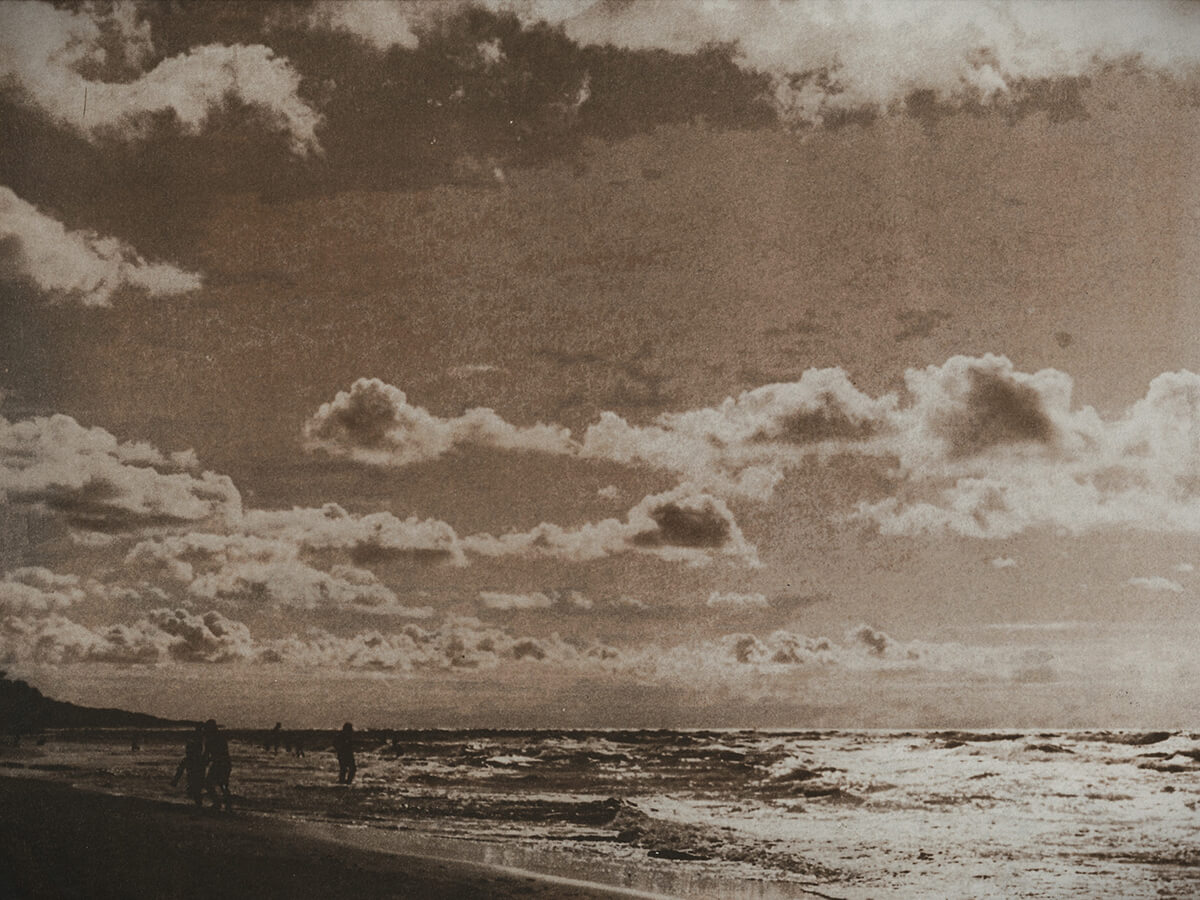

Talbotype workshops
Leading: Jarosław Majewski
27.09.2025 | 10:00–14:00
Museum of Photography, Karpacka 52, Bydgoszcz
The event will be held in Polish.
Registration: info@fotografistka.pl
The workshop is free.
The creator of the technique was the English archaeologist, chemist, and mathematician William Henry Fox Talbot (1800–1877). On a sensitised surface, he would arrange plant specimens or any semi-transparent objects, then expose the whole composition to sunlight. The paper would darken according to the amount of light absorbed, resulting in a tonal, negative image. The areas of the paper that were covered remained light, while those exposed to light became dark. The process was named by its inventor “photogenic drawing.” Photogenic drawings, paper negatives, and salted paper prints are examples of single-layer photography. The images are characterised by soft highlights and a lower level of detail reproduction compared to daguerreotypes. The light-sensitive substance, applied directly onto the paper, makes the image embedded in the fibre structure. These photographic techniques are distinguished by their brownish tone. Salted paper prints were the first technique in the history of photography to be based on the negative-positive process.
Paper intended for printing is soaked in a sodium chloride solution (table salt). It is then sensitised on one side with a silver nitrate solution and left in darkness to dry. Silver nitrate, when combined with sodium chloride, forms light-sensitive silver chloride. On such prepared paper, a photographic image can be produced. When exposed directly in the camera, the result is a negative; through contact printing under the negative, a positive is obtained. After exposure, the image should be developed in cold water, then fixed in a sodium thiosulphate solution, and thoroughly rinsed.
During the workshop, participants will prepare their own light-sensitive paper. They will then expose it under a pre-prepared negative. The negatives will be created from digital files sent by participants along with their registration. The exposed works will be developed and fixed. Once dried, each participant will take home their own photograph created using one of the oldest photographic techniques.
Jarosław Majewski (b. 1971) – photographer and portraitist. Works with an antique large-format camera designed by Alfred Bruckner. In 1998, he initiated the creation of a photography club at Culture House No. 5 in Bydgoszcz, where he conducted classes with young people. He worked as a photojournalist for Ilustrowany Kurier Polski (1999/2000) and Super Nowości in Rzeszów (2000/2001). He has been a frequent participant in the Bydgoszcz Photography Reviews organised by the Municipal Gallery (BWA) in Bydgoszcz. Author of the exhibition I Saw You in the Garden at the Mózg club in Bydgoszcz. Passionate about historical printing methods and alternative processes, he practises gum bichromate and bromide techniques. For several years, he has been working on a portrait series of Bydgoszcz residents, using his antique large-format camera to give portraits a striking sharpness and rawness – qualities invaluable when aiming to highlight the character of the sitters.